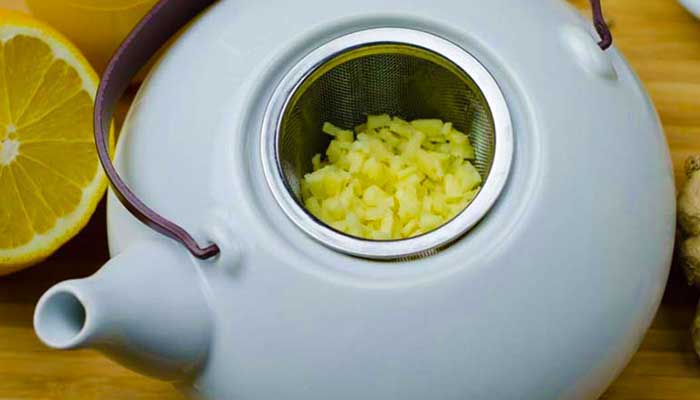How to clean and descale a kettle with lemon
When choosing between cleaning agents for teapots, focus not only on achieving the desired result, but also on the harmlessness of the ingredients. The safety of the solution used must meet both the requirements of the heating device and the human body. Lemon and lemon juice are a flawless cleansing method that removes limescale without leaving a trace and without harming your health.
How lemon juice works

Chlorine, pesticides, calcium, aluminum, magnesium salts – all these and other undesirable elements are contained in tap water in varying amounts. Filtration, although it saves, does not remove all impurities, therefore, over time, scale forms in the kettle. When boiled, salts are attracted to the walls and the heating element. Part of it immediately enters the body when pouring drinks, part is deposited in the kettle, accumulating and causing damage not only to the device, but also to the person. Removing harmful plaque is not so easy. Simple rubbing with a sponge with a hard, abrasive surface will be ineffective.
The use of chemical compositions will be unsafe. The ideal option is to use natural formulations such as lemon. Effective cleaning of the kettle from limescale with lemon is achieved thanks to the acid, which breaks down the elements that have settled on the walls, converting them into readily soluble and washed out salts. After simple manipulations, which may include heating the solution or resting the kettle with the composition inside, it remains only to wipe the surfaces with a soft cloth to finally remove the residues.
If the acid crystals, which are often used for descaling, are unsafe for electric kettles, then lemon juice is absolutely harmless. It seems like the same formulations with the same mode of action. But lemon juice secreted by fresh lemon is more effective, but with less acid concentration. Lemon peel also helps in cleaning, which actively participates in the ongoing descaling processes. The acid it contains is as effective as juice. Therefore, if the pulp of the lemon was involved in drinking drinks, and the peel remained, feel free to use it for cleansing.
How to clean a kettle from limescale with lemon

Cleaning with lemon seems to many to be a costly manipulation due to the cost of citrus fruits. But it’s worth considering! The procedure requires only 1-2 fruits. You clean the kettle without harm to your health, getting a pleasant aroma throughout the apartment as a bonus.

To clean the kettle with lemon, you do not need to make lengthy and scrupulous preparatory measures. It is enough to focus on the two main ingredients: water and lemon. It is advisable to use filtered water in order to use the valuable supply of citrus exclusively for its intended purpose. While the measured liter of water is being filtered, turn to lemon. It is he who requires maximum attention.
Preparation:
- Rinse the zest of 2 lemons thoroughly using a special fruit cleaner.
- Place citrus on a clean surface and roll several times. This will contribute to an intense and rapid release of juice.
- Get a cutting board that has a rim to prevent liquids from leaking out of your work area.
- Cut the lemon into wedges or circles.
Given the fact that boiling will take place, the size of the pieces can be quite large.
When everything is ready, proceed to the direct cleaning of the kettle:
- Pour filtered water into the tank.
- Send the sliced lemon and lemon juice that was released during the slicing there.
- Then proceed depending on what type of kettle is available: electric – turn it on and wait for the automatic shutdown; for a stove, a tile – put on fire and wait for a boil, wait about a minute and turn it off.
- Do not pour out the boiled solution. Leave in a container to treat limescale. The splitting will take place all the way, as long as the water and lemon are inside the kettle.
- When the kettle, and the water, respectively, has cooled, remove everything from the tank.
- If there are traces of limescale on the walls, take those lemon wedges that have already been used and treat the surface.
- When finished, simply wipe the sides and bottom of the kettle with a soft cloth. Do not use abrasives, hard sponges – they will do more harm than good.
- Do a final rinse.

The method of cleansing with lemon does not require additional, preventive start-up of the kettle, since no harmful elements are released during boiling and do not settle on the walls.
A regular rinse will suffice to rinse off excess acid.


